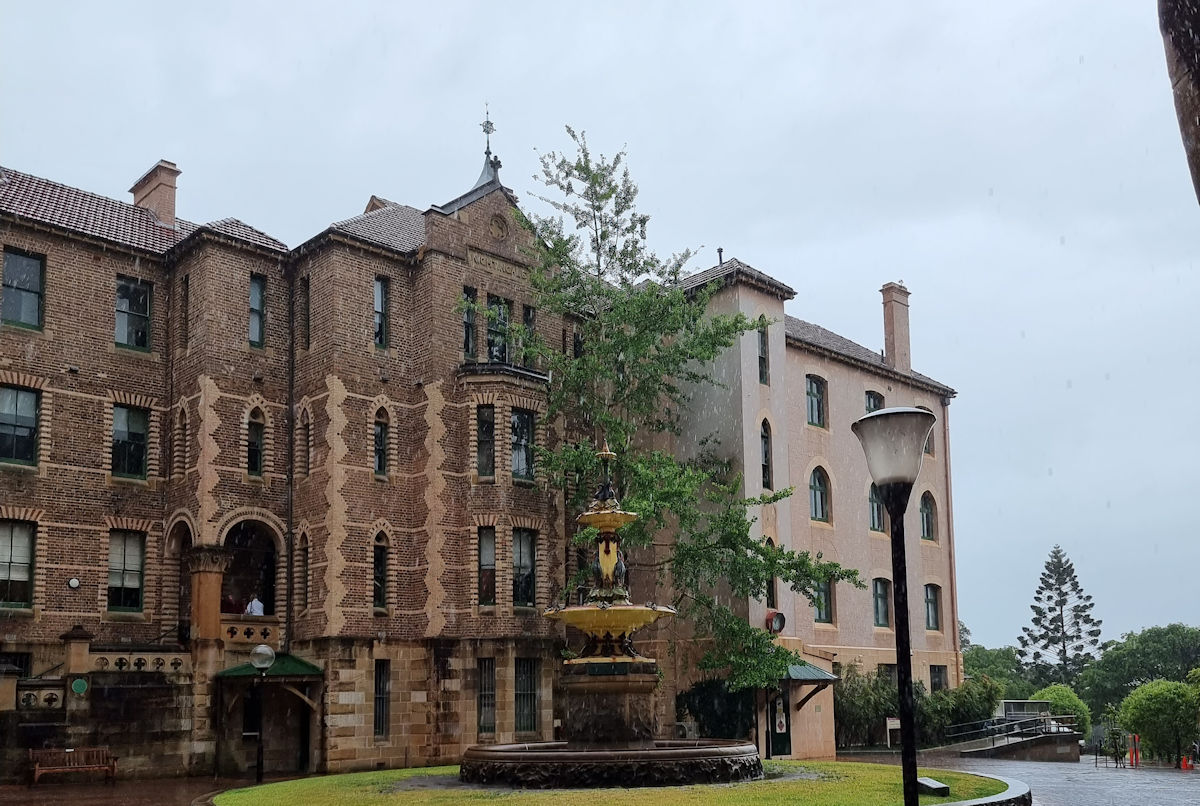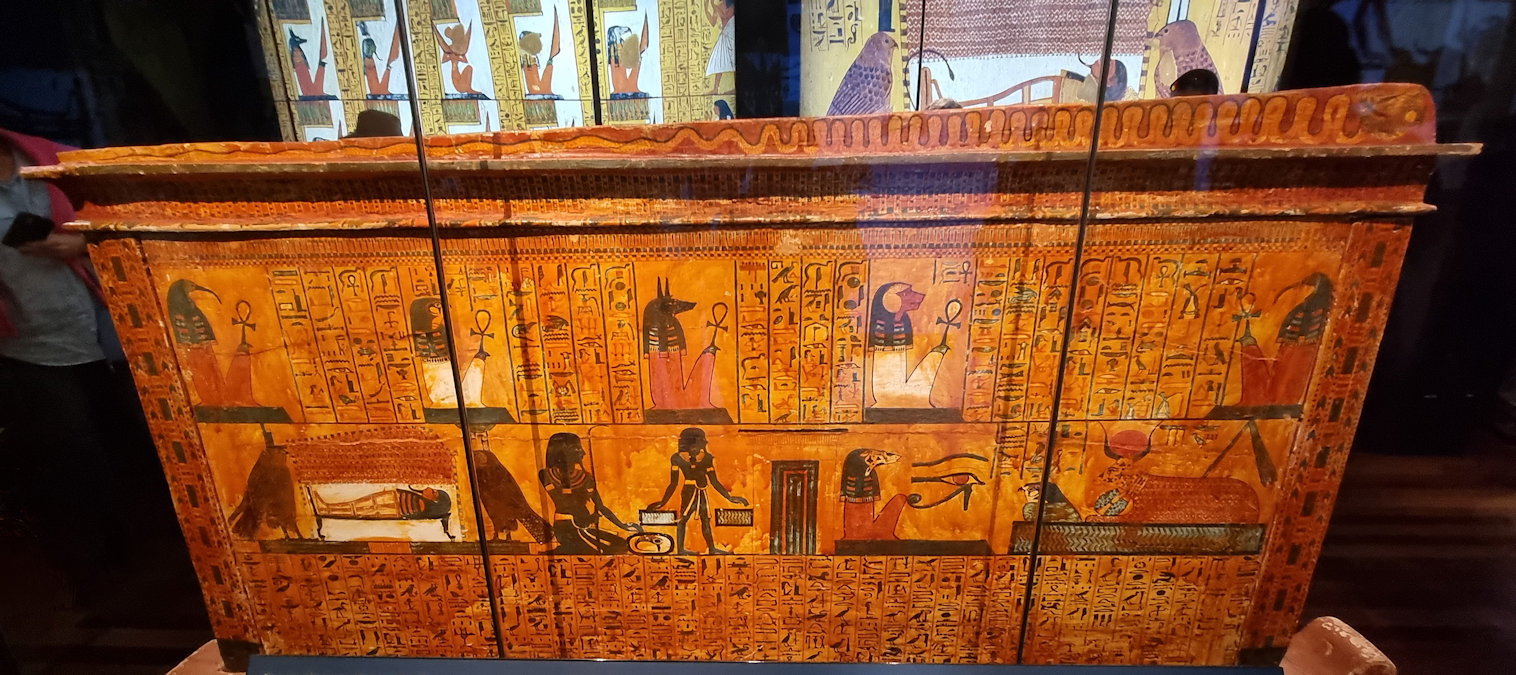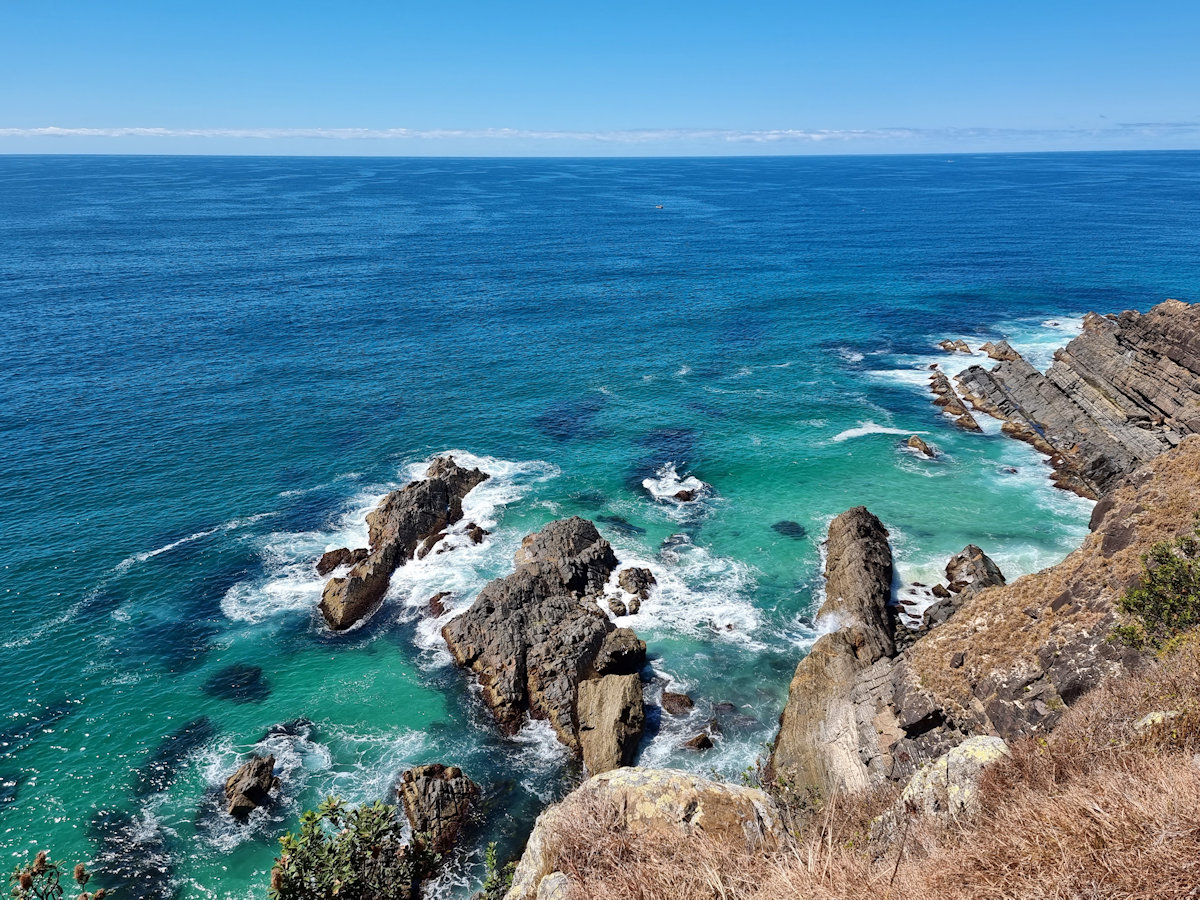Category: Science
-
Nightingale Wing Sydney Hospital

Nightingale Wing Sydney Hospital Nightingale Wing Sydney Hospital Located in the Sydney CBD, the Nightingale Wing, Sydney Hospital, is a historical building of both medical and architectural significance. Completed in 1869, this sandstone and polychrome-brick Gothic Revival structure is the site of the first nursing school in Australia. History The Nightingale Wing owes its name… Read more
-
Ramses the Great at the Australian Museum

Ramses the Great at the Australian Museum Running until May 19, 2024, The Australian Museum is currently hosting an exhibition centred on the Egyptian Pharoah Ramses II. This was a great opportunity to see some of the most important artifacts from ancient Egypt, without having to leave Australia. Featuring over 180 artifacts, this is a large… Read more
-
Bennetts Head Lookout

Bennetts Head Lookout Located on the Bicentenial Way in Forster New South Wales, Bennetts Head Lookout is a popular place for whale watching during migration season. We were lucky and saw a few swimming south, but they were too far out to get a good look. Several tour operators provide whale watching trips locally, with… Read more